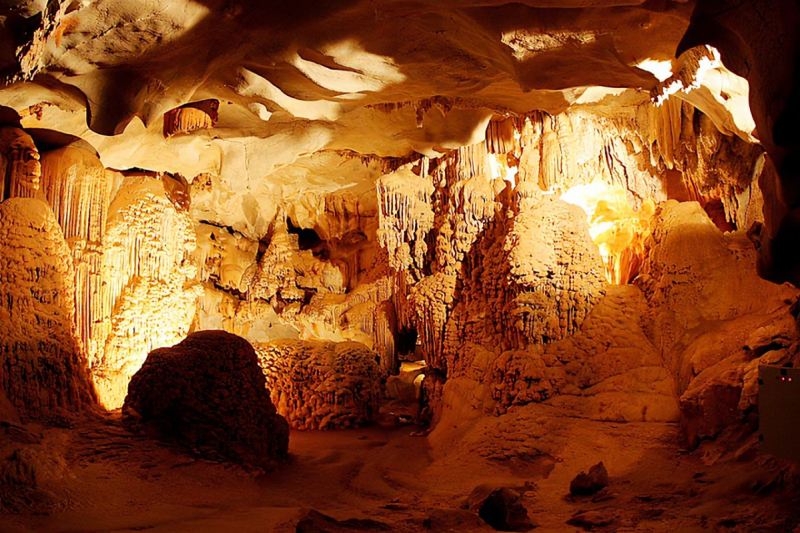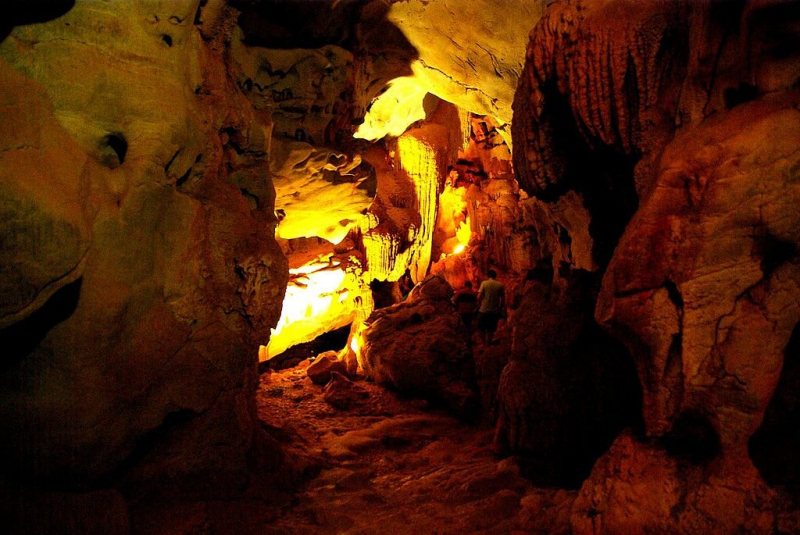Gruta de Ubajara
The Gruta de Ubajara is a limestone cave in the Ubajara National Park near Ubajara, Ceará, Brazil, on the foothills of the Serra de Ibiapaba. Its nine halls span 1,120 meters (3,674.54 feet), including 420 meters (1,377.95 feet) of illuminated paths.
The site may be reached by cable car or on foot along the 4 km (2.49 mi) long Cafundós trail, which falls over a 535 m (1,755.25 ft) deep depression. The Ubajara grotto has been known since the early eighteenth century, when Portuguese colonists ventured into the region in quest of minerals, particularly silver, but with little success.
Other caves have been discovered, however they are not accessible to the public. The Gruta do Urso Fóssil, which is of significant paleontological interest, as well as the Gruta do Morcego Branco, Gruta de Cima, and Gruta do Pendurado, are among them.
The name Ubajara is of indigenous origin, and the most common translation is "Lord of the Canoe." The name comes from a narrative about a tribe chief who arrived from the shore and lived in the cave for many years. The name has also been translated as "Lord of the Arrows." Some people believe that the cave was formed as a result of digs for silver, as well as nearly 200 years of climate change.
Location: Ubajara National Park, city of Ubajara, Serra de Ibiapaba, Ceará state



